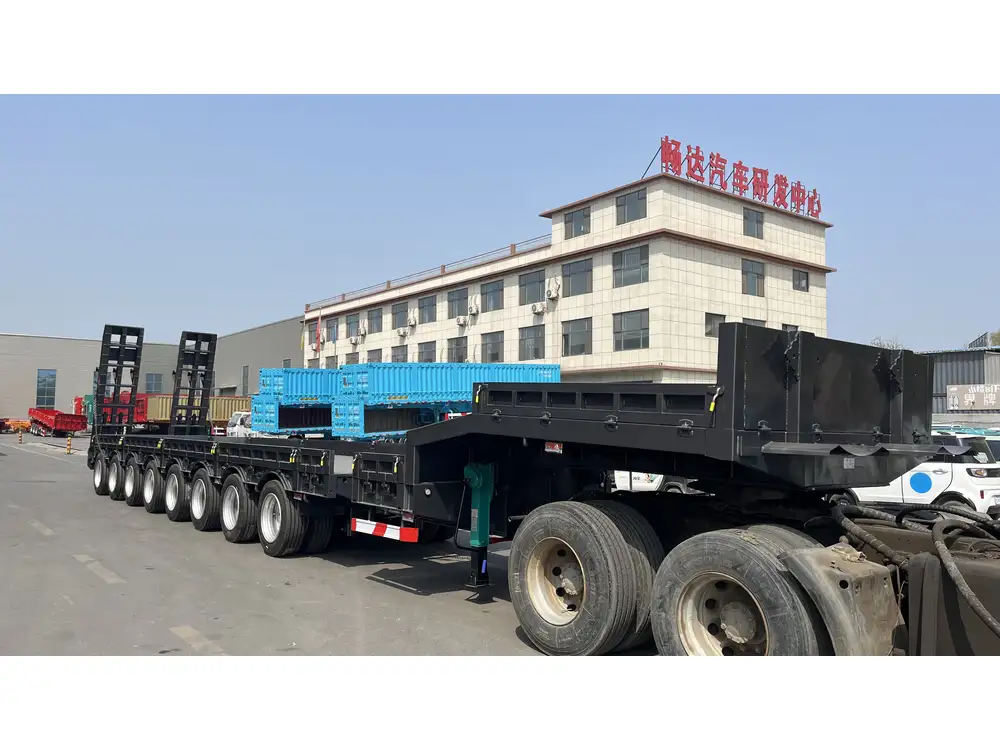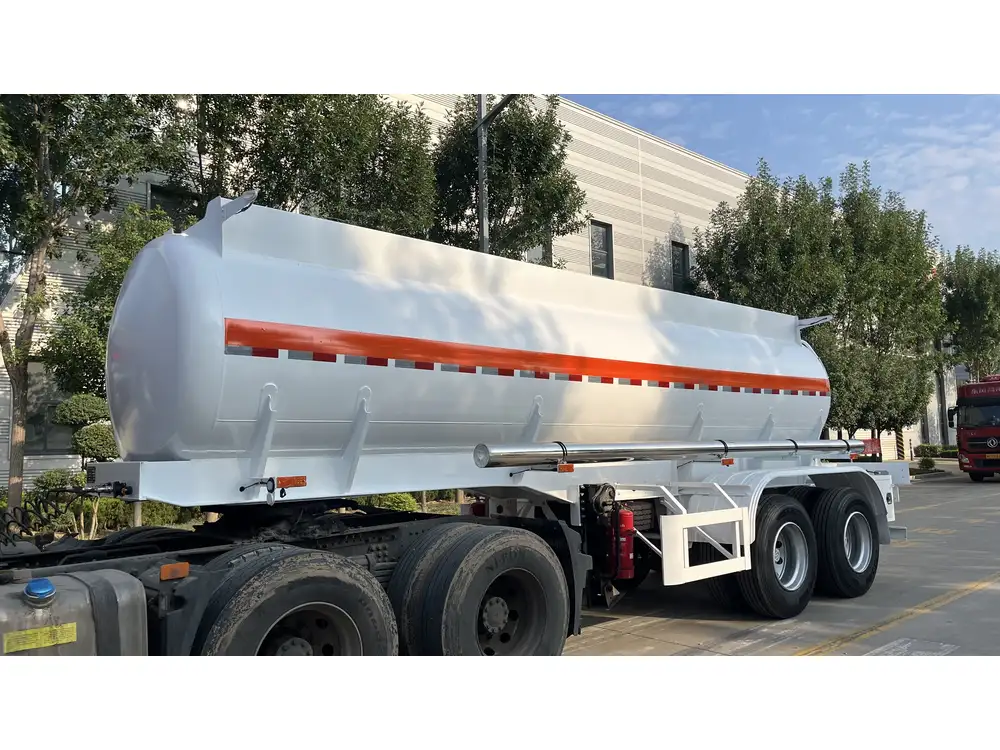In the realm of construction, landscaping, and waste management, understanding trailer capacities can significantly influence project planning and execution. Among the various types of trailers, the 16-foot dump trailer is a common choice due to its versatility and ample space. This article delves into the cubic yards of material a 16-foot dump trailer can carry, along with factors that impact its load capacity, practical applications, and tips for maximizing efficiency when using such trailers.
What is a Dump Trailer?
A dump trailer is essentially a trailer equipped with a mechanism that allows it to be emptied or “dumped.” These trailers are primarily used for transporting loose materials, including but not limited to dirt, gravel, and debris. The hydraulic lifting bed provides users with the convenience of unloading materials without manual labor, making them indispensable in construction and landscaping projects.
Calculating the Capacity of a 16-Foot Dump Trailer

Dimensions Matter
To accurately calculate how many cubic yards are in a 16-foot dump trailer, we need to consider several critical dimensions:
- Length: 16 feet
- Width: Typically between 6 to 8 feet
- Height: Commonly around 2 to 3 feet
Volume Calculation Formula
The volume of a trailer can be calculated using the formula:
[ \text{Volume} = \text{Length} \times \text{Width} \times \text{Height} ]To convert this volume into cubic yards, remember that:
[ 1 \text{ cubic yard} = 27 \text{ cubic feet} ]Example Calculation
For a common 16-foot dump trailer with a 7-foot width and a 2-foot height, the cubic feet calculation would look like this:
Calculate the Volume in Cubic Feet
[ Volume = 16 \, \text{ft} \times 7 \, \text{ft} \times 2 \, \text{ft} = 224 \, \text{cubic feet} ]Convert to Cubic Yards
[ \text{Cubic Yards} = \frac{224 \, \text{cubic feet}}{27} \approx 8.29 \, \text{cubic yards} ]
As such, a standard 16-foot dump trailer, in this instance, can hold approximately 8.29 cubic yards of material.

Factors Affecting Capacity
Trailer Design
Different dump trailer models might possess varying designs that can affect volumetric capacity. The shape and height of the sides can influence how much material can actually fit, as well as how tightly the load can be packed.
Type of Material
The density of the material also plays a crucial role. For example:
- Loose materials like mulch or leaves will allow for more cubic yards than dense materials like sand or gravel.
- Weight restrictions may limit the amount of material loaded based on the trailer’s weight rating.

Typical Weight and Volume Conversions
Understanding how many cubic yards translate into weight can also assist with efficient loading. Here’s a simple table to correlate common materials:
| Material | Cubic Yard Weight | Approx. Cubic Yards (for 16-foot dump trailer) |
|---|---|---|
| Mulch | 300 lbs | 8-10 cubic yards |
| Soil | 1,200 lbs | 6-8 cubic yards |
| Gravel | 1,400 lbs | 6-7 cubic yards |
| Sand | 2,000 lbs | 4-5 cubic yards |
| Concrete (crushed) | 2,500 lbs | 3-4 cubic yards |
Applications of a 16-Foot Dump Trailer
Construction Sites
In construction, the 16-foot dump trailer is invaluable for hauling materials such as sand, gravel, and construction debris. Its ability to handle bulk loads efficiently allows for quicker turnover on job sites.

Landscaping Projects
Landscape designers often utilize dump trailers to transport soil, mulch, stones, and other landscape materials. The ease of dumping makes it an ideal tool for efficient and timely landscaping installations.
Waste Management
For renovation or demolition projects, a dump trailer provides a practical solution for transporting waste materials, ensuring that clean-up processes are streamlined and efficient.
Tips for Optimizing Your 16-Foot Dump Trailer Usage

Weight Distribution
To maximize efficiency and safety, ensure proper weight distribution throughout the trailer. Uneven loads can lead to trailer instability, which may result in accidents or damage to the materials being transported.
Know Your Truck’s Towing Capacity
Before loading your trailer, check the towing capacity of your truck. This is crucial to ensure that you do not exceed towing limits, thereby avoiding potential mechanical failures or legal issues.
Loading Strategies
- Loading Method: When loading the trailer, consider using a bobcat or loader to efficiently fill it without overexerting yourself or risking injury.
- Heaviest Materials First: Place heavier materials in the front and lighter materials towards the back for balanced towing.

Maintain Regular Inspections
Perform regular inspections on your dump trailer to ensure all hydraulic systems and the trailer frame are in good condition. Look for wear and tear, which can affect performance and safety.
Conclusion
Understanding the cubic yard capacity of a 16-foot dump trailer is crucial for anyone involved in landscaping, construction, or waste management. By comprehending how to calculate capacity effectively and factoring in the various variables that influence load limits, users can optimize the use of their trailers for efficiency and safety. This knowledge not only enhances operational efficiency but also ensures that projects can be completed on time and within budget.
Moreover, equipped with the right techniques and knowledge, operators can confidently navigate the complexities involved in the transportation of materials, making the 16-foot dump trailer an essential tool in their arsenal.



